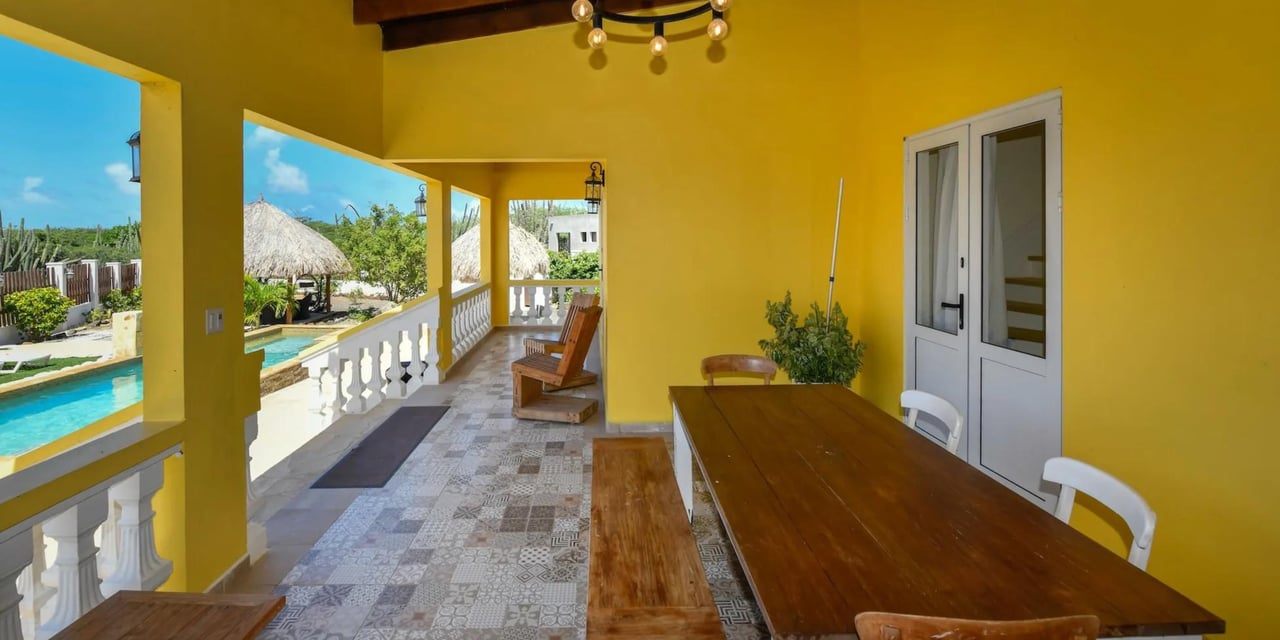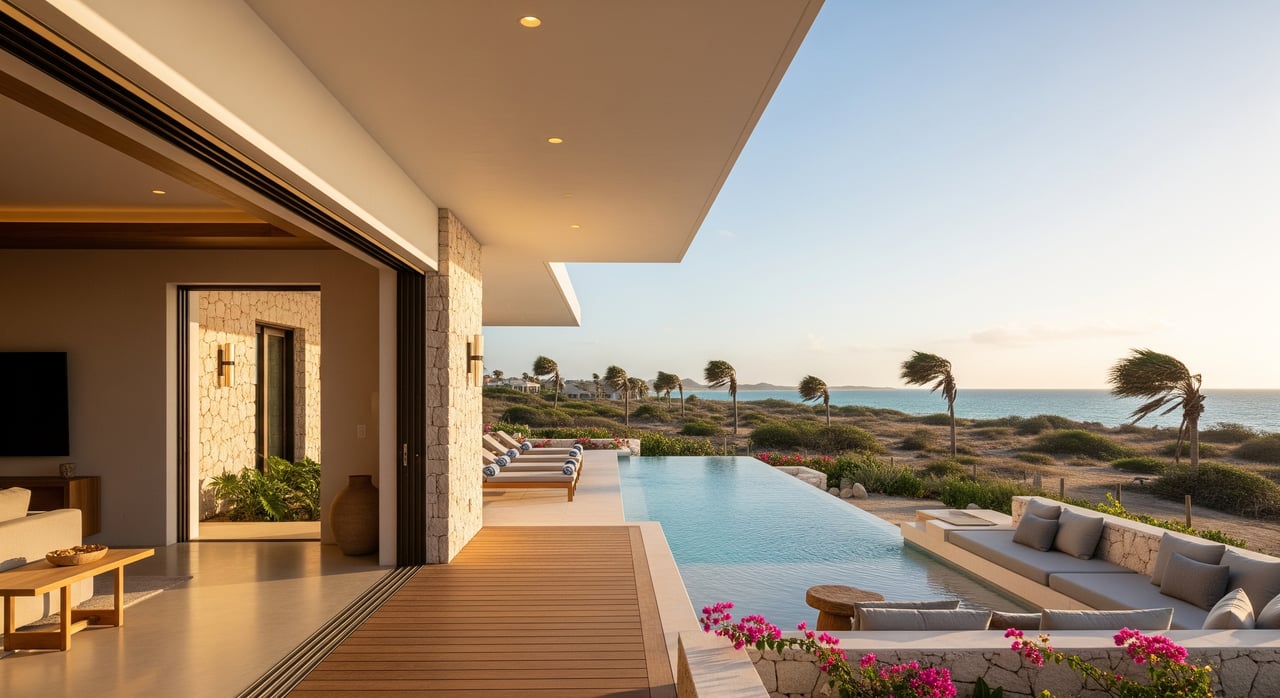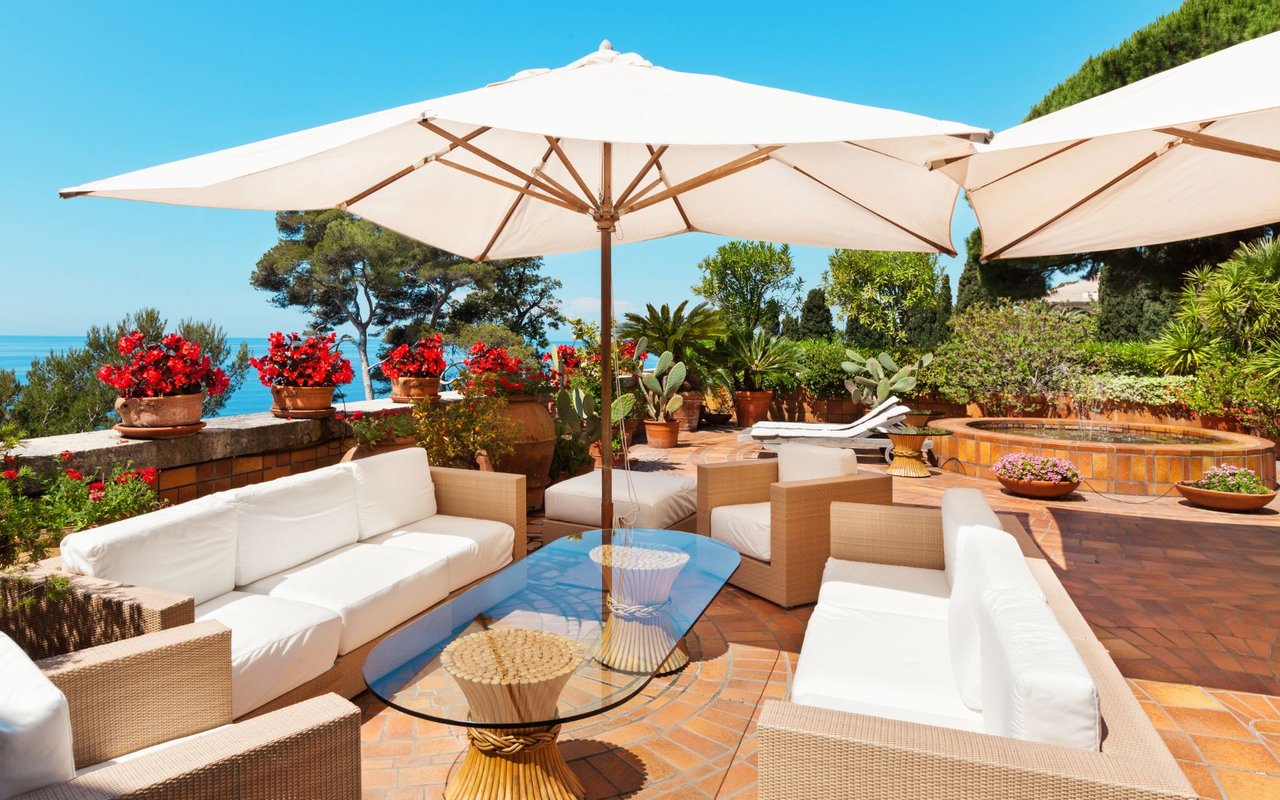Let’s explore architectural styles that perfectly suit Aruba's climate and culture, ensuring both sustainability and aesthetics coexist harmoniously.
- Aruba's Climate: A Design Challenge and Opportunity
Aruba's climate is characterized by its consistent trade winds, abundant sunshine, and warm temperatures year-round. While this tropical paradise may seem ideal, it presents unique challenges for architects and designers. However, these challenges also provide opportunities for innovative, sustainable designs.
- Embracing Traditional Caribbean Architecture
One way to honor Aruba's culture while respecting its climate is by drawing inspiration from traditional Caribbean architecture. These styles are characterized by:
- Ventilation: Maximizing natural ventilation is crucial in a warm climate. Architectural features like louvered windows, high ceilings, and open-air verandas allow for breezes to flow through homes, cooling the interior naturally.
- Bright Colors: Traditional Caribbean homes often feature vibrant, pastel-colored exteriors that reflect the sun's heat and add a splash of local culture to the design.
- Modern Tropical Architecture
For those seeking a more contemporary aesthetic while respecting Aruba's climate, modern tropical architecture is an excellent choice. This style combines clean lines and modern materials with elements designed to suit the tropical climate:
- Large Overhangs: Deep roof overhangs help shade the building's exterior, reducing heat gain and providing shelter from the sun and occasional rain showers.
- Indoor-Outdoor Living: Open floor plans that seamlessly integrate indoor and outdoor spaces are a hallmark of modern tropical architecture, capitalizing on Aruba's fantastic weather.
- Sustainable Materials: Choosing sustainable, locally sourced materials helps reduce the environmental impact and ties the building to the island's culture and resources.
- Energy Efficiency and Sustainability
Given the island's commitment to sustainability and its high energy costs, it's essential that any architectural style in Aruba incorporates energy-efficient design principles. This includes features like:
- Solar Panels: Aruba's abundant sunshine makes it an ideal location for harnessing solar energy, reducing both electricity costs and environmental impact.
- Rainwater Harvesting: Capturing and storing rainwater for non-potable uses can help conserve precious freshwater resources.
- Natural Landscaping: Landscaping choices can also contribute to sustainability, with native plants requiring less water and maintenance.
- Cultural Integration
Beyond just the physical design, it's essential to consider cultural elements in architecture. Incorporating local artwork, materials, and design motifs into your building can create a strong sense of place and identity, fostering a connection to the community and heritage.
By thoughtfully combining traditional Caribbean architecture with modern design principles and a strong commitment to sustainability, architects, and designers can create buildings that not only withstand the elements but also pay homage to the island's vibrant culture. In doing so, they contribute to the ongoing story of Aruba, a place where climate and culture come together in perfect harmony.





